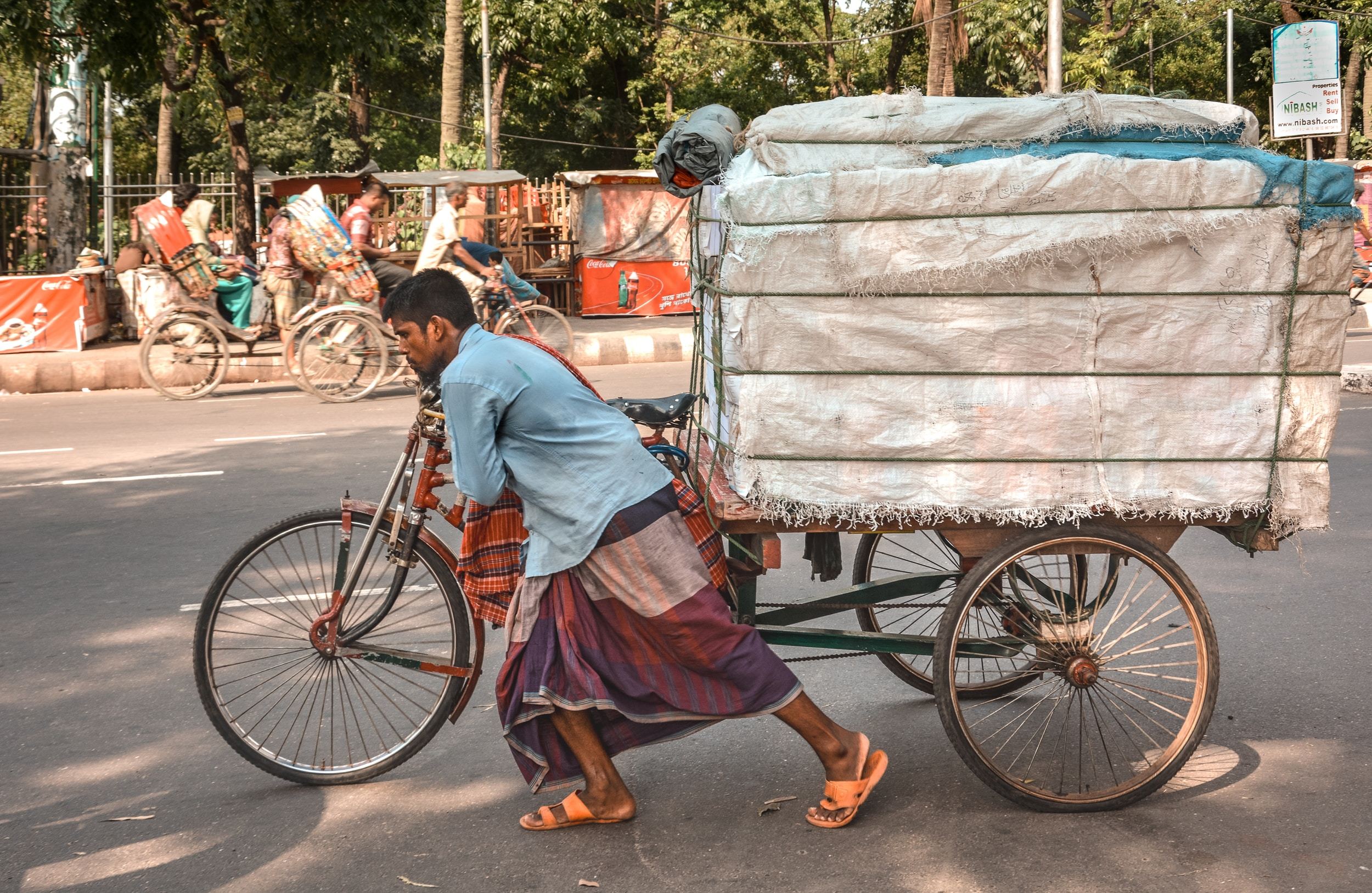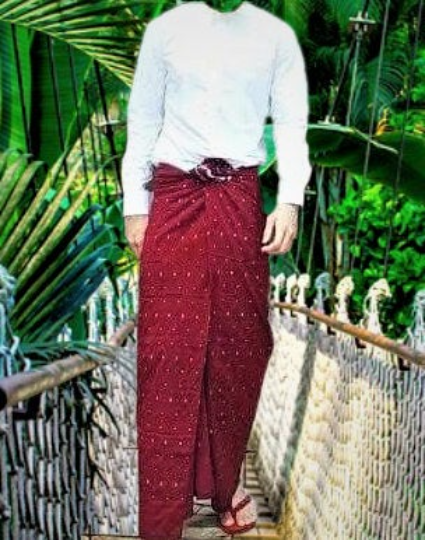History of the sarong
The sarong is a traditional garment that originated in Southeast Asia, particularly in the cultures of Indonesia, Malaysia, and the Philippines. It is a piece of fabric that is wrapped around the waist and worn as a skirt or a dress. The sarong has a long history in these cultures, and has been worn by both men and women for centuries. The sarong is typically made from lightweight cotton or silk and is decorated with intricate patterns and designs. It is a versatile piece of clothing that can be worn for both formal and casual occasions. In recent times, the sarong has become popular in many other parts of the world, and is worn as a fashion item as well as a traditional garment.

How to wear a sarong
There are many different ways to wear a sarong, depending on the style and the occasion. Here are a few common methods:
- The basic wrap: This is the most common way to wear a sarong. Fold the sarong in half lengthwise and drape it over your shoulder, with the folded edge at your waist. Tie the two ends of the sarong at your waist, making sure the knot is secure.
- The sarong skirt: To wear a sarong as a skirt, fold the sarong in half widthwise, and then tie the two ends of the sarong at your waist, making sure the knot is secure.
- The sarong dress: To wear a sarong as a dress, tie the sarong around your chest, just above your bust. Take the loose end of the sarong and tie it around your waist, making sure the knot is secure.
- The sarong pants: Fold the sarong in half lengthwise. Place the folded edge on your waist and tie the two ends of the sarong around your waist, making sure the knot is secure. Then separate the sarong legs and tie the sarong legs around your ankle.
It is recommended to try different ways, and find the one that suits you best and feels comfortable. And it is also suggested to practice in front of a mirror to make sure everything is looking good.

difference between a sarong and longyi
A sarong and a longyi are both traditional garments that are worn around the waist and cover the lower body. However, there are some key differences between the two garments:
- Origin: A sarong is a traditional garment that originated in Southeast Asia, particularly in the cultures of Indonesia, Malaysia, and the Philippines. A longyi, on the other hand, is a traditional garment worn in Myanmar (Burma) and other parts of Southeast Asia.
- Fabric: Sarongs are typically made from lightweight cotton or silk and are decorated with intricate patterns and designs. Longyis, on the other hand, are typically made from cotton or silk, but can also be made from other fabrics such as polyester or rayon.
- Wearing style: Sarongs are typically wrapped around the waist and tied at the side or front, while longyis are wrapped around the waist and then tucked into the waistband.
- Gender: Sarongs are worn by both men and women, while longyis are traditionally worn by men in Myanmar, but it is worn by both men and women in other parts of Southeast Asia.
- Formality: Sarongs can be worn for both formal and casual occasions, while longyis are more commonly worn as everyday wear.
In summary, both sarongs and longyis are traditional garments worn around the waist, but they have different origins and styles, and they are worn differently in different cultures and occasions.



